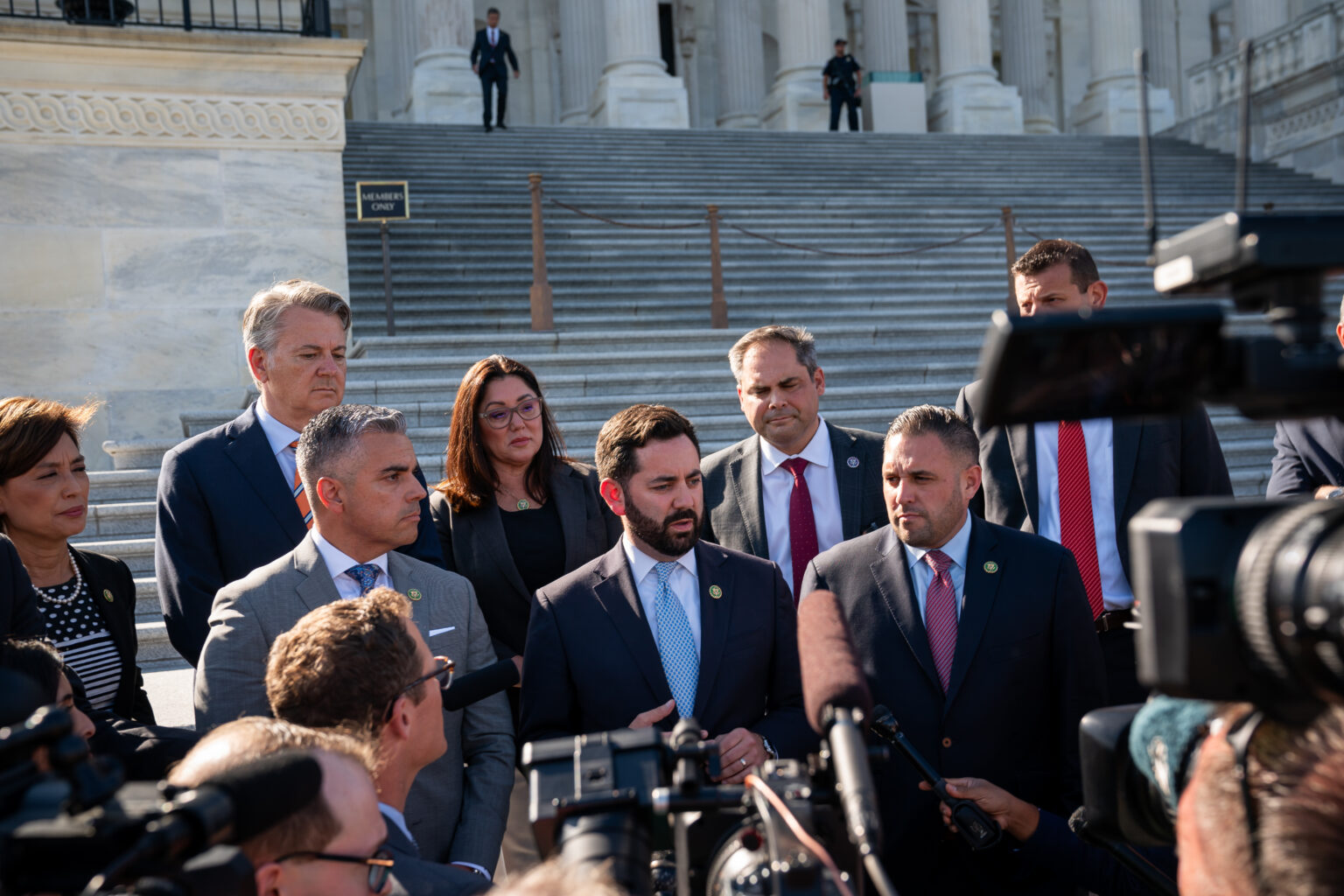Reevaluating the SALT Deduction: A Shift in Federal Tax Policy
The recent overhaul of the GOP’s tax legislation introduces a significant change to the state and local tax (SALT) deduction, allowing taxpayers to claim up to four times the previous limit on their federal returns. This adjustment provides notable financial relief for high-income earners, particularly in Democratic-led states where local taxes tend to be higher, effectively reversing a major component of President Donald Trump’s 2017 tax reform.
Historical Context and Legislative Changes
In 2017, the Tax Cuts and Jobs Act (TCJA) imposed a cap of $10,000 on SALT deductions, marking the first time such a limit was enforced. This measure aimed to reduce the overall cost of the tax overhaul by curbing the amount taxpayers could deduct for state and local taxes. Since then, residents of high-tax states and their congressional representatives have persistently advocated for raising this cap. The recent legislative effort, however, ignited a fierce debate within the Republican Party, as the beneficiaries of the increased deduction predominantly reside in Democratic-controlled regions.
Details of the New Deduction Limit
The updated law temporarily raises the SALT deduction cap to $40,000 for filers earning less than $500,000 annually. This increase is set to last for five years, after which the cap will revert to its original $10,000 limit. For individuals earning over $500,000, the benefits of the higher cap will gradually diminish, with deductions tapering below $40,000 and remaining capped at $10,000 for those earning more than $600,000 per year. The $40,000 threshold applies per tax return, meaning married couples filing jointly do not receive additional benefits beyond this limit. Additionally, the cap will be adjusted annually by 1% to account for inflation.
Future Implications and Political Dynamics
Post-2030, the law mandates a permanent return to the $10,000 cap for all taxpayers. While this provision sets a clear fiscal boundary for the next decade, bipartisan pressure is expected to push for extensions or further modifications, given the political incentives to maintain higher deductions for high-income households.
Reactions from Politicians and Policy Experts
Representative Michael Lawler (R-New York), a prominent figure in the SALT Caucus, expressed optimism about the relief this legislation will bring to New Yorkers, emphasizing the bipartisan effort that led to the quadrupling of the SALT deduction. He highlighted the support from former President Trump and the caucus’s success in securing this benefit.
However, both conservative and liberal fiscal analysts agree that the new law’s generosity exceeds what is ideal for fiscal responsibility. The expansion not only raises the deduction limit but also weakens the alternative minimum tax (AMT), a safeguard designed to ensure that high-income households contribute a minimum amount of tax despite large deductions. Previously, the AMT curtailed the value of SALT and other deductions, but the recent extension of exemptions diminishes its effectiveness, allowing wealthier households to reduce their tax liabilities substantially.
Cost and Economic Impact
According to estimates from the Committee for a Responsible Federal Budget, the increased SALT deduction will cost the federal government approximately $130 billion over the next five years. If the higher cap is extended beyond its current expiration, the total expenditure could surpass $250 billion over a decade. This substantial cost raises questions about the broader fiscal sustainability of such tax benefits.
Addressing Loopholes and Broader Tax Policy Concerns
Current tax law permits deductions for state and local taxes paid on business income, creating potential avenues for income reclassification and tax avoidance. The recent legislation does not address this loophole, leaving room for strategic tax planning that could undermine the intended fairness of the deduction limits.
Tax policy experts criticize the expansion, arguing it undermines the original goals of the TCJA, which aimed to simplify the tax code and promote fairness. The increased deductions and relaxed AMT restrictions primarily benefit the wealthiest taxpayers, further entrenching income inequality.
Political and Ideological Divisions
The debate over SALT deductions has long been a point of contention within Republican circles. While some lawmakers privately considered raising the cap modestly, opposition from representatives from low-tax states like Iowa and Idaho prevented a full-scale increase. Ultimately, political negotiations led to a compromise that favored higher deductions, despite widespread criticism from fiscal conservatives and policy analysts.
Many experts note that the top 20% of earners already shoulder the majority of federal taxes-approximately 96%-and the new deduction limits tend to shift the tax burden within this group rather than alleviate it for middle- or lower-income taxpayers. The broader tax package also includes other provisions that favor the wealthy, such as extending top tax rates, increasing estate tax exemptions, and reducing various business taxes.
Broader Impacts and Future Outlook
Advocates for limiting or eliminating the SALT cap argue that it would alleviate double taxation and enable state and local governments to raise revenue more effectively for essential services like education and infrastructure. Critics contend that the current approach disproportionately benefits high-income households, especially in states with high local taxes, and complicates the tax system further.
The decision to relax the SALT deduction cap reflects a strategic political move by Republicans to secure support in districts where tax relief is most politically advantageous. While the move offers immediate benefits to affluent taxpayers, it raises ongoing questions about fiscal responsibility, income inequality, and the future of tax reform efforts.
As the debate continues, policymakers face the challenge of balancing revenue needs, fairness, and economic growth-an ongoing conversation that will shape the tax landscape for years to come.

